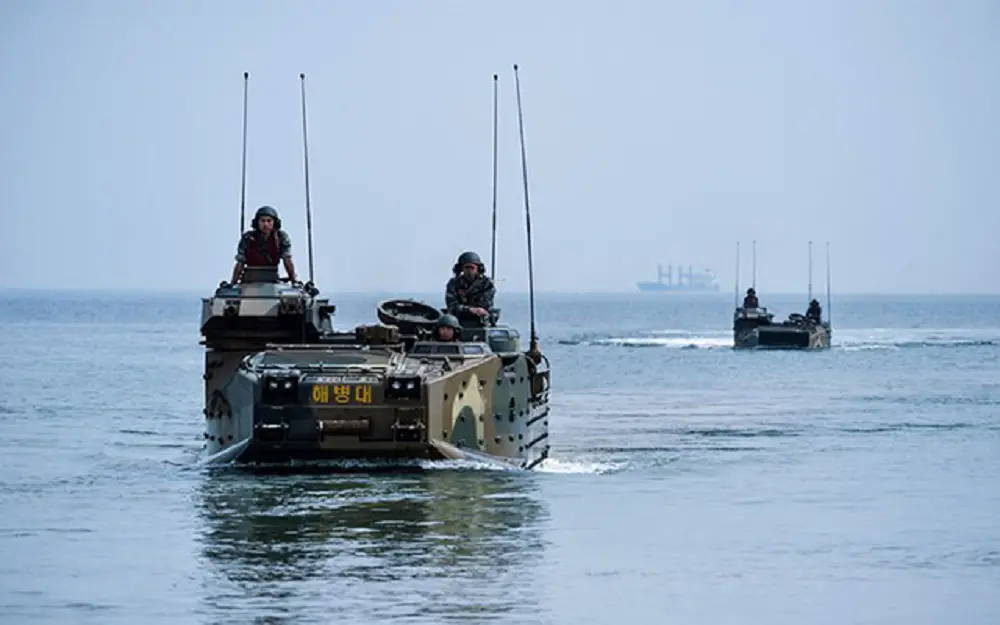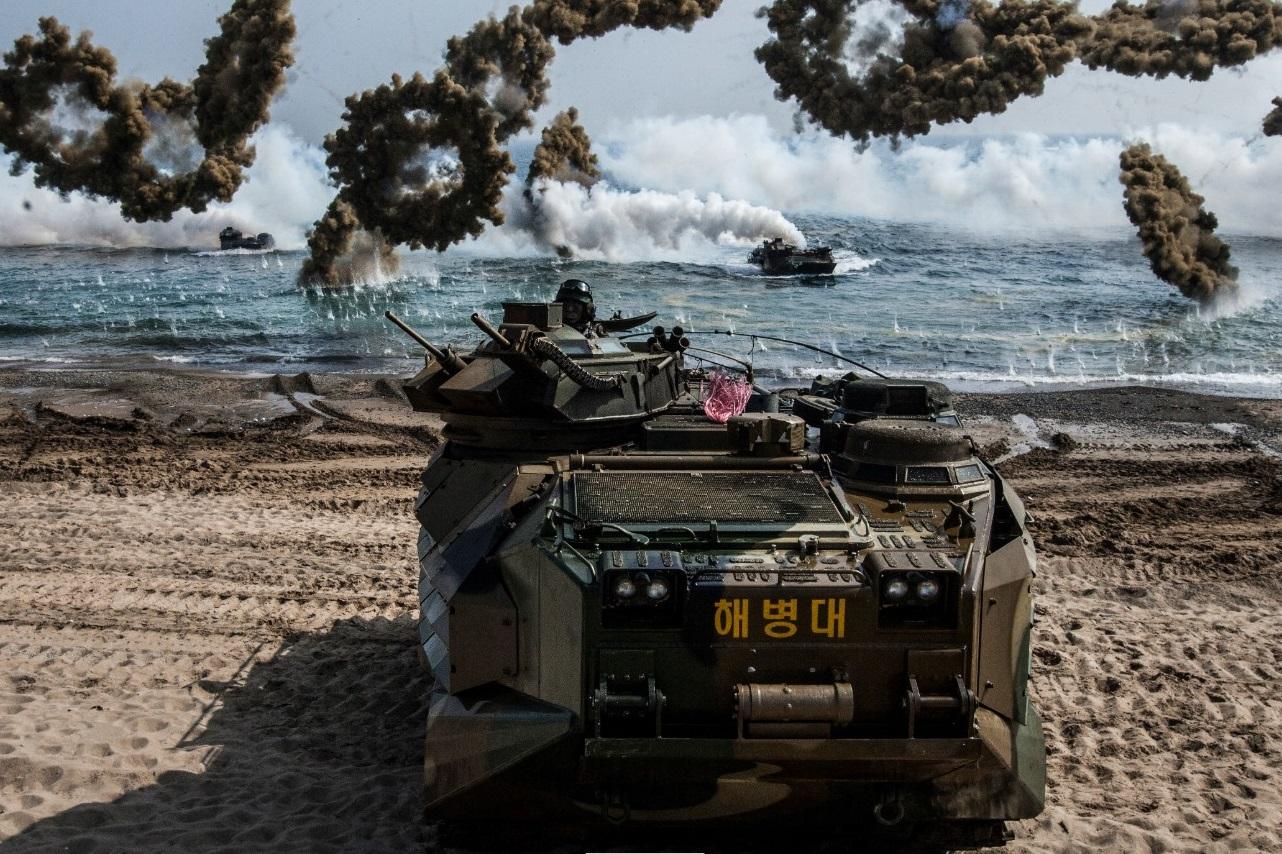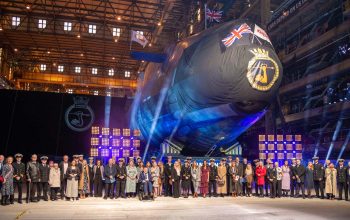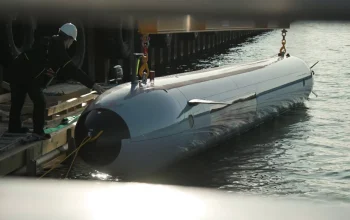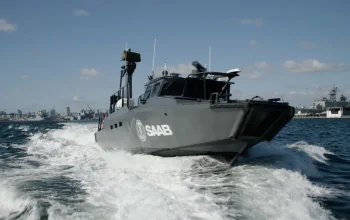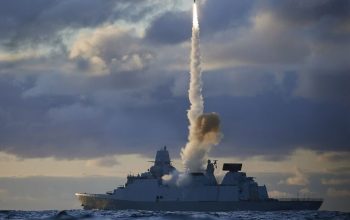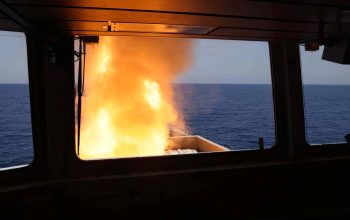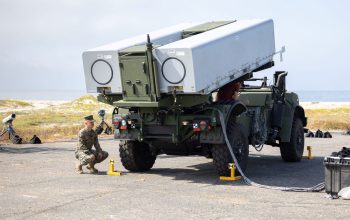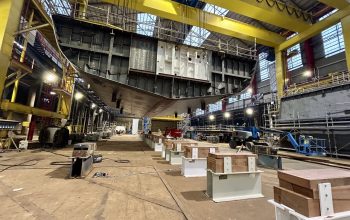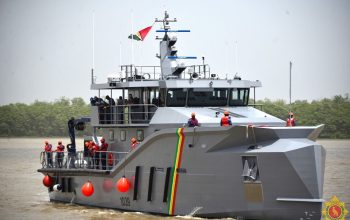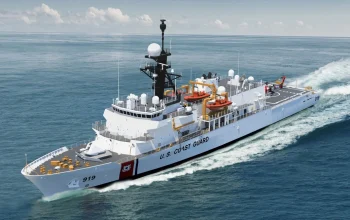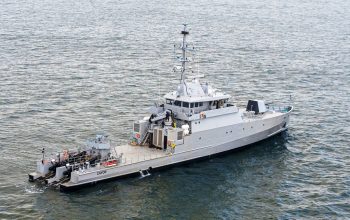Hyundai Mobis has announced the implementation of its cutting-edge vehicle healthcare technology in the Marine Corps amphibious assault vehicles. This technology is expected to alleviate motion sickness for marines traversing rough terrains from sea to land, enhancing combat performance. Hyundai Mobis announced that it has signed a Memorandum of Understanding (MOU) with the Republic of Korea Marine Corps (South Korean Marine Corps) for ‘Cooperation in Motion Sickness Reduction Technology.’ Recently, global automakers have been accelerating the development of technologies to enhance passenger comfort. Last year, Hyundai Mobis developed the ‘Smart Cabin Controller,’ analyzing a driver’s posture, heart rate, and brainwaves to prevent drowsiness, stress, and motion sickness. This collaboration with the Marine Corps is expected to further advance motion sickness reduction technology to help marines traverse challenging terrains and withstand other harsh conditions.
Korea Amphibious Assault Vehicle (KAAV) is designed to meet the tactical requirements of Marine Corps in 21 century’s warfare. KAAV7A1 family of vehicles now being coproduced by Samsung Techwin and BAE systems is the most advanced version of the AAV7/LVT7. Since its introduction, the KAAV has undergone a series of modifications and upgrade programs which earned the reputation as the finest amphibious assault vehicle in the world. KAAV7A1 carries a crew of three plus 21 combat-equipped troops or 4,536kg of cargo from ship to shore. Effective fire-power is provided by the new upgunned weapon station, and the addition of applique armor, an automatic fire suppression system, bow plane and improved transmission results in a vehicle with superior capabilities. KAAV7A1 provides an effective fire-power and state-of-the-art armor protection, command, control, and repair capabilities while transporting troops and cargo from ship to shore. In addition, the vehicle has the ability to negotiate 3-meter plunging surf, difficult beaches, and rough terrain.
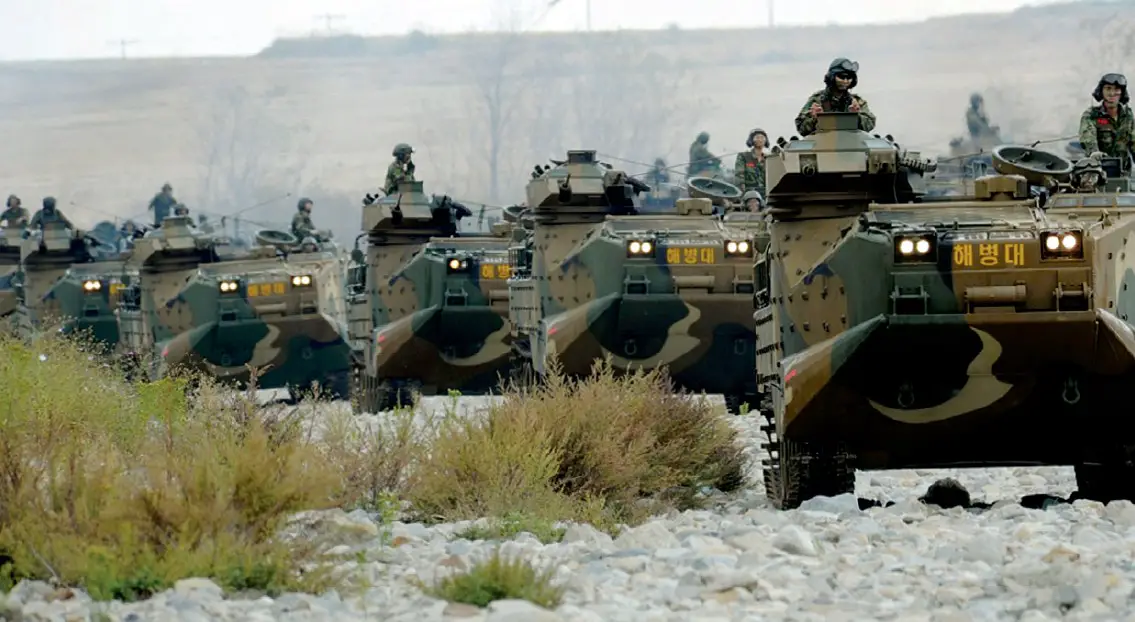
Importantly, this marks the first application of Hyundai Mobis’s motion sickness reduction technology in the broader mobility sector beyond conventional vehicles. Its introduction is anticipated to expand into defense, maritime, and aviation transportation. Motion sickness generally occurs when there is a discrepancy between what the eyes see and what the body feels regarding movement direction for example, looking sideways in a moving vehicle while the body senses forward motion. This is also why seats facing the opposite direction on a train are less preferred. Hyundai Mobis’ motion sickness reduction technology integrates autonomous driving with passenger cognitive technologies. Especially the latter involves real-time monitoring of posture, heart rate, and brainwaves using sensors. Based on this biometric data, simulating the senses of sight, hearing, smell, and touch can minimize motion sickness. Hyundai Mobis confirmed that this technology can prevent motion sickness by up to 70% and reduce the symptoms by 40%.
Hyundai Mobis will provide the Marine Corps with an integrated motion sickness reduction solution tailored for harsh environments, combining hardware and software. The solution includes movement-analysis sensors, environmental perception sensors, and control solutions. It also features displays allowing passengers to easily view travel information (visual) and climate control modules that stabilize passengers with cool air (tactile). Hyundai Mobis plans to operate this technology in amphibious assault vehicles and, in collaboration with the Marine Corps, gather key data by the first half of next year. The company aims to deploy it in combat training and systematically analyze motion sickness-inducing factors to enhance the technology’s efficacy.
